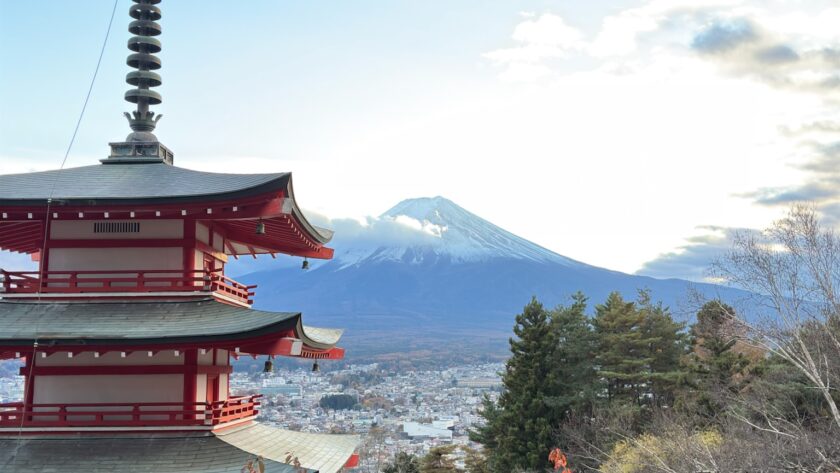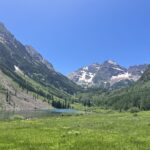Planning your first trip to Japan? This Japan 10 Day Itinerary takes you on an unforgettable journey through Osaka, Kyoto, and Tokyo. From the street food of Osaka to Kyoto’s timeless temples and Tokyo’s dazzling skyline, this detailed travel guide helps you make the most of every moment. Whether you love history, culture, or modern city life, this itinerary combines Japan’s best experiences into one perfectly balanced adventure.
I started my trip in Osaka after flying in from Seoul, but most travelers will arrive in Tokyo. If that’s the case, you can fly directly to Osaka after landing to save time. Another option is to divide your Tokyo stay between two different neighborhoods so you can see more of the city’s character.
Whether you’re planning your own Japan itinerary or simply looking for inspiration, this guide will help you navigate the highlights, from vibrant streets to peaceful temples.
Summary
Duration: 10 Days
Best Time to Visit: Spring (March to May) and fall (September to November) offer the most comfortable weather and stunning scenery. Spring brings cherry blossoms, while autumn transforms Japan with golden and red leaves. I visited in November and was amazed by how every street seemed to glow with color.
What You’ll Find in This Post
- Should You Get the JR Pass? My Take on Its Value
- Day 1-2: Uncover Osaka’s Vibrant Charm
- Day 3-5: Step Into Kyoto’s Rich History and Serenity
- Day 6-10: Discover Tokyo’s Vibrant Neighborhoods and Landmarks
- Essential Travel Tips for Japan
- FAQs About Visiting Japan for the First Time
Should You Get the JR Pass? Everything You Need to Know
One of the first questions travelers ask when planning a trip to Japan is whether they should buy the Japan Rail Pass. The answer depends on how far you plan to travel and which cities you include in your itinerary.
How Much the JR Pass Costs
The 7-day Japan Rail Pass costs about $329 USD. It allows unlimited rides on trains operated by JR, including most Shinkansen (bullet trains), within that time frame.
When the JR Pass May Not Be Worth It
If your trip only includes Osaka, Kyoto, and Tokyo, buying single train tickets is usually cheaper. For this 10-day itinerary, you will likely spend around $120 to $200 total by booking directly through JR’s official website or through Klook.
For example:
- Osaka to Kyoto: about $15
- Kyoto to Tokyo: about $100
Unless you plan to return to Osaka or take additional long train rides, purchasing individual tickets will save you money.
When the JR Pass Can Be Worth It
If you want to explore beyond the main cities for example, visiting Hiroshima, Kanazawa, or Hokkaido — the pass becomes more cost-effective. It is also helpful if you want the flexibility to hop on and off trains without buying separate tickets each time.
You will benefit most from the JR Pass if:
- You are taking multiple long-distance train rides
- You are exploring more than three regions
- You value convenience over small savings
What the JR Pass Does Not Cover
The pass does not include certain routes, such as local lines around Mount Fuji or Hakone. In these cases, you will need to buy an extra ticket.
Tip: If you decide not to buy the JR Pass, book your tickets through Klook. It is easy to use, offers English support, and sometimes provides discounts for popular routes.
Days 1-2: Osaka Itinerary – Uncover the City’s Vibrant Charm
Osaka is renowned for its dynamic street life, incredible food scene, and seamless blend of history and modernity. Spending two days here at the start of your Japan itinerary offers the perfect opportunity to explore its vibrant districts, sample local dishes, and experience the energetic spirit that defines the city.
Day 1: What to Do in Osaka on Your First Day
Explore Shinsekai’s Retro Vibe:
Start your journey in Shinsekai, a nostalgic neighborhood that transports you back to Japan’s postwar era. Stroll past vintage shops, old-fashioned arcades, and colorful eateries serving Osaka’s beloved kushikatsu (deep-fried skewers).
Discover America-Mura (American Village):
Next, make your way to America-Mura, a creative hub brimming with street art, quirky cafés, and boutique shops. It’s one of Osaka’s most distinctive neighborhoods, perfect for people-watching and picking up unique souvenirs.
Evening in Dotonbori:
End your day in Dotonbori, Osaka’s bustling entertainment and nightlife district. Taste street food classics such as takoyaki (octopus balls) and okonomiyaki (savory pancakes). Don’t forget to capture the moment with a photo beside the famous Glico Running Man sign as neon lights illuminate the canal.
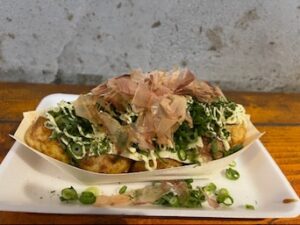
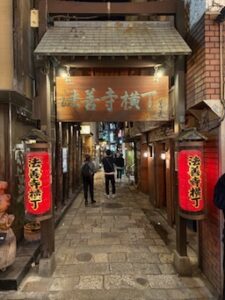
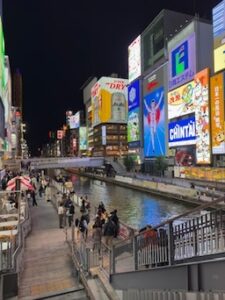
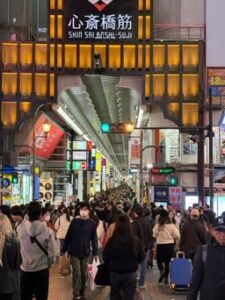
Day 2: Must-See Spots Before Leaving Osaka
Visit Osaka Castle and Gardens:
Begin your morning at Osaka Castle, an iconic landmark and symbol of the city’s feudal past. Step inside to explore its engaging museum exhibits, then take a relaxing stroll through Nishinomaru Garden, a scenic park known for its cherry blossoms in spring.
Travel from Osaka to Kyoto by Shinkansen:
After a morning of sightseeing, board the Shinkansen (bullet train) to Kyoto. The journey takes only about 15 minutes, offering a smooth and scenic transition to Japan’s cultural capital.
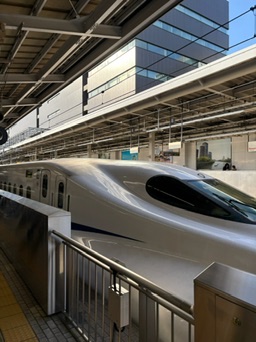

Days 3-5: Kyoto Itinerary – Discover Japan’s Timeless Beauty
Kyoto, the cultural heart of Japan, offers a captivating blend of history, serenity, and timeless charm. Over three days, you’ll explore its ancient temples, peaceful gardens, and beautifully preserved streets that reveal the essence of traditional Japan. Whether you’re wandering through bamboo groves, savoring matcha sweets, or soaking in centuries-old traditions, Kyoto will leave you enchanted.
Day 3: Things to Do in Downtown and Eastern Kyoto
Explore Downtown Kyoto and Yasaka Shrine:
Start your day on Shijo Street, a lively downtown area where modern shops meet historic charm. Browse boutiques, department stores, and hidden temples tucked between city blocks. While nearby, stop by Yasaka Shrine, famous for its glowing lanterns and peaceful atmosphere at the edge of Gion.
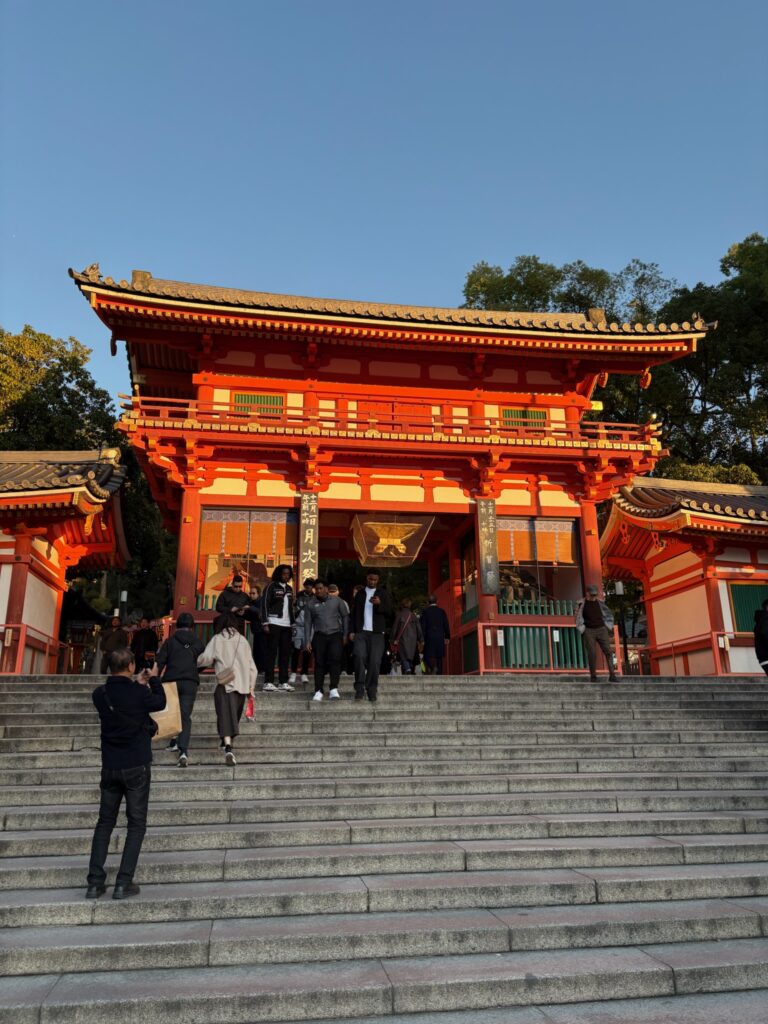
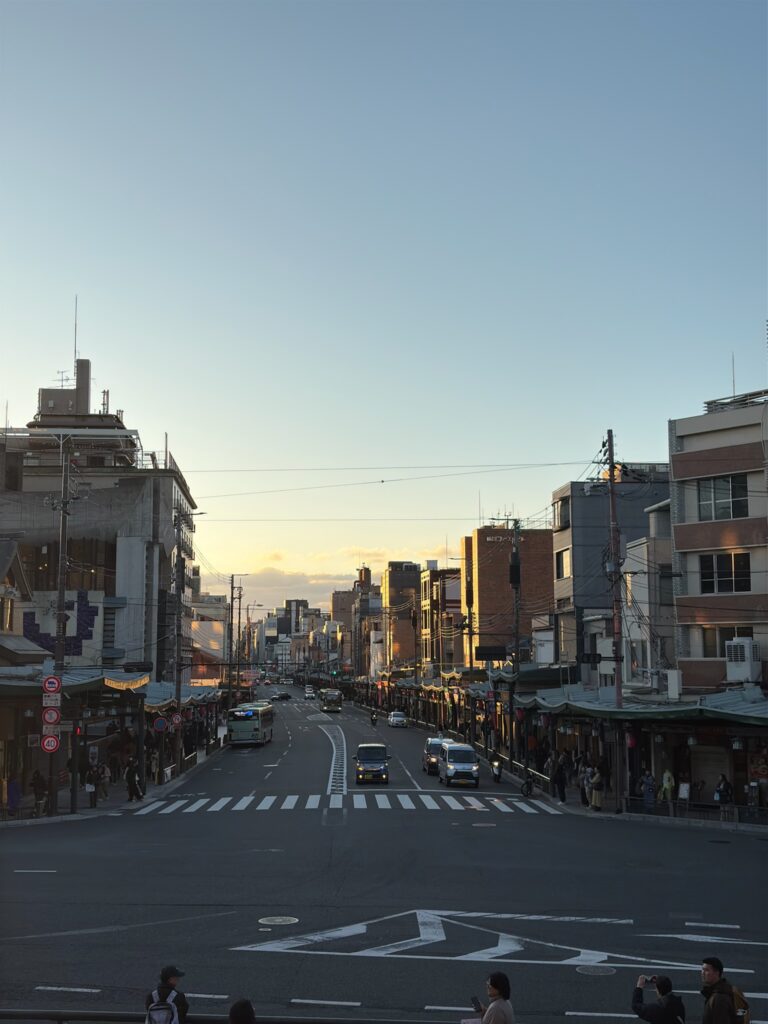
Visit Kodaiji Temple and Its Bamboo Grove:
Next, head to Kodaiji Temple, an elegant Zen temple in the Higashiyama district. Known for its serene rock gardens and seasonal night illuminations, it offers a glimpse into Kyoto’s tranquil spirituality. Behind the temple, you’ll find a small bamboo grove — a quieter, less crowded alternative to Arashiyama’s famous forest and a perfect spot for photos.
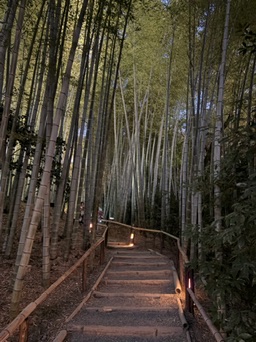
Wander Sannen-Zaka and Ninen-Zaka Streets:
Take a leisurely walk through Sannen-Zaka and Ninen-Zaka, two of Kyoto’s most picturesque streets lined with wooden townhouses, tea shops, and artisanal boutiques. Visit in the early morning for peaceful, crowd-free photos or in the evening for a lively, lantern-lit ambiance.
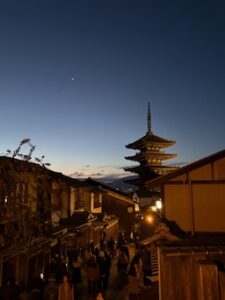
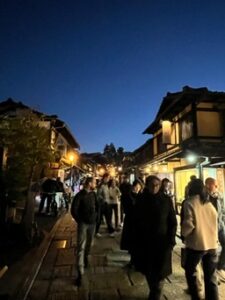

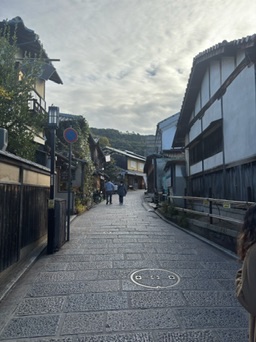
Experience Kyoto’s Local Bar Scene:
After a day of exploration, unwind at one of Kyoto’s hidden bars. From cozy sake spots to chic cocktail lounges, the city offers countless ways to enjoy its relaxed nightlife.
Day 4: Iconic Kyoto Temples and Cultural Experiences
Visit Kiyomizu-dera Temple:
Begin your morning at Kiyomizu-dera, a UNESCO World Heritage Site perched on a hillside with breathtaking views over Kyoto. Arrive early for a peaceful sunrise visit or stay for sunset to see the city bathed in golden light.
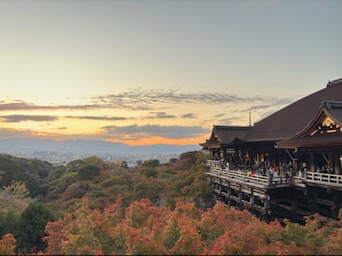
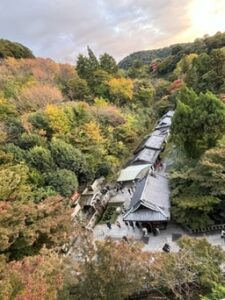
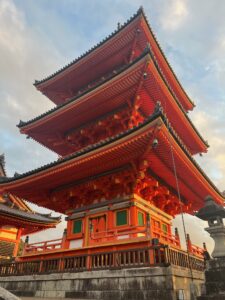
Sample Local Flavors at Nishiki Market:
Head to Nishiki Market, Kyoto’s bustling food hub. Wander its narrow alleys lined with vendors selling everything from matcha treats and pickled vegetables to wagyu skewers. Bring cash, as many stalls don’t accept cards.
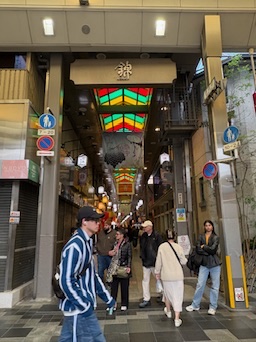
Join a Traditional Tea Ceremony:
No Kyoto itinerary is complete without experiencing a Japanese tea ceremony. We visited Ippodo Tea, which welcomes walk-ins and offers a calm and authentic atmosphere. Visiting in the late afternoon, we waited less than ten minutes for a table, and the experience felt peaceful, cultural, and truly unique. It was a beautiful way to connect with Japan’s refined traditions.

Evening in Gion District:
End your day in Gion, Kyoto’s famous geisha district. Stroll past traditional machiya houses and lantern-lit alleys, and if you’re lucky, you might spot a geisha or maiko on her way to an evening appointment.
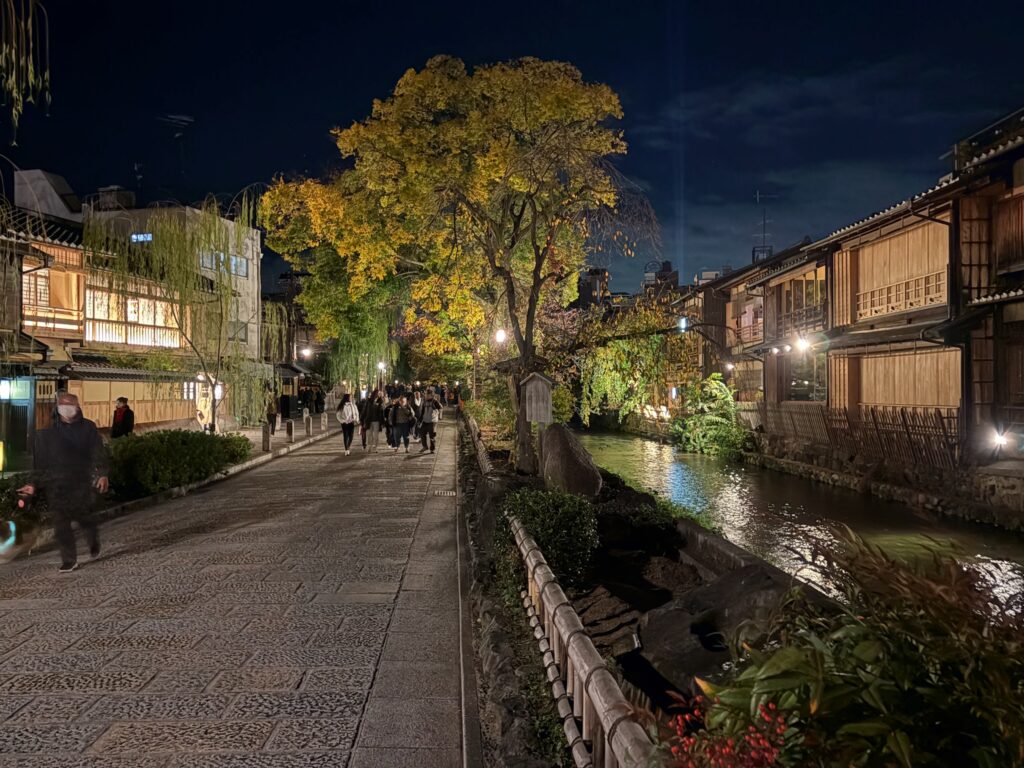
Day 5: Fushimi Inari Shrine and Optional Arashiyama Visit
Climb Through Fushimi Inari’s Torii Gates:
Start early at Fushimi Inari Shrine, one of Kyoto’s most iconic landmarks. Walk through thousands of bright red torii gates winding up the mountain. Morning light filtering through the gates creates a magical scene, perfect for photos.
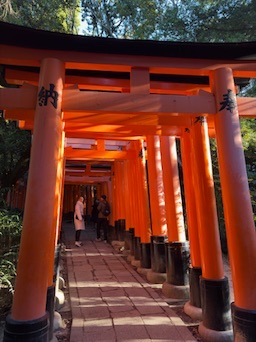
Tip: Wear comfortable shoes — the higher you go, the fewer the crowds. Near the entrance, enjoy local snacks like yakitori and taiyaki after your walk.
Optional: Explore Arashiyama Bamboo Forest and Temples:
If you have time, spend half a day in Arashiyama, a scenic district west of Kyoto. Stroll through the towering Arashiyama Bamboo Forest, visit Tenryu-ji Temple, and enjoy views from Togetsukyo Bridge. The area perfectly blends natural beauty and cultural heritage.
Take the Shinkansen to Tokyo:
After exploring Kyoto, return to Kyoto Station for your Shinkansen ride to Tokyo. The two-hour bullet train journey is smooth and scenic — an ideal time to relax and review your travel photos.
Tip: Grab a bento box at Kyoto Station before boarding. These artfully prepared lunch boxes are a quintessential part of train travel in Japan.
Days 6-10: Tokyo Itinerary – Explore Japan’s Dynamic Capital
Tokyo, Japan’s vibrant capital, is a city of endless contrasts. Over five days, you’ll explore bustling neighborhoods, serene parks, world-class dining, and cutting-edge attractions. Whether it’s neon-lit nights, peaceful temples, or innovative art spaces, Tokyo captures the pulse of Japan.
Where to Stay in Tokyo
During our visit, we stayed in Shinjuku, which was convenient but busier than expected. Next time, I’d choose Shibuya for its lively atmosphere, cleaner streets, and proximity to attractions like Harajuku and Omotesando.
Tip: If you’re flying in and out of Tokyo, consider splitting your stay between two different neighborhoods — for example, a few nights in Shibuya and the rest in Ueno or Asakusa. It helps you explore more without spending too much time on commutes.
Day 6: Shinjuku – Gardens, Views, and Nightlife
Relax in Shinjuku Gyoen National Garden:
Start your Tokyo adventure with a peaceful walk through Shinjuku Gyoen National Garden. This sprawling park combines traditional Japanese, English, and French garden styles, offering a calm retreat from the city’s fast pace.
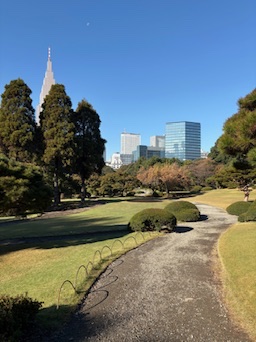
Enjoy the City Views from Tokyo Metropolitan Government Building:
Next, head to the Tokyo Metropolitan Government Building for panoramic views of the skyline. The observation deck is free to enter, and on clear days you can even spot Mount Fuji in the distance.
Experience Golden Gai and Omoide Yokocho:
As night falls, dive into Shinjuku’s nightlife. Golden Gai is a labyrinth of narrow alleys packed with tiny bars, each with its own personality. A short walk away, Omoide Yokocho (Memory Lane) offers a nostalgic atmosphere filled with sizzling yakitori and classic Japanese izakayas.
Day 7: Harajuku & Shibuya
Explore Harajuku’s Trendy Streets:
Begin your day in Harajuku, the center of Tokyo’s youth culture. Walk down Takeshita Street, where fashion boutiques, dessert stands, and vintage shops create a playful vibe. Then, step into the tranquil Meiji Shrine, a peaceful oasis surrounded by forest — a beautiful contrast to the area’s lively energy.
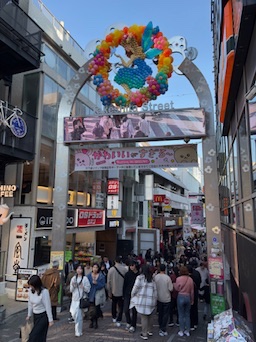
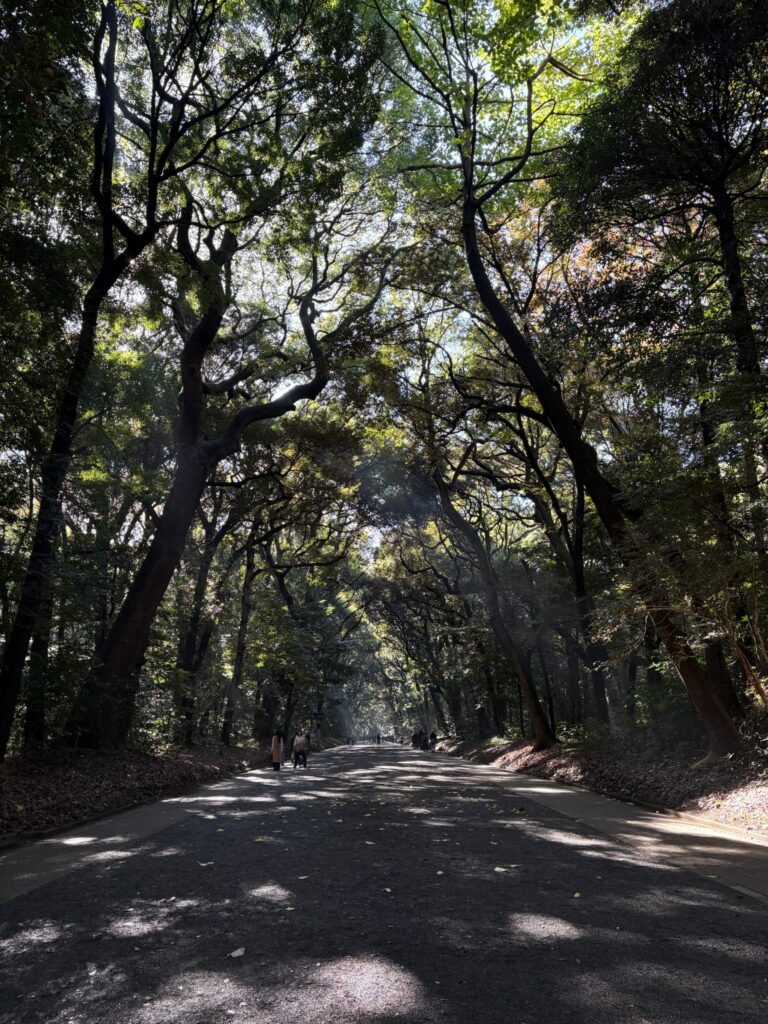
Experience Shibuya Crossing and Shibuya Sky:
Continue to Shibuya, home to the world’s busiest pedestrian intersection. Watching thousands of people cross from every direction is mesmerizing. Afterward, head up to Shibuya Sky, an open-air observation deck offering 360-degree views of the Tokyo skyline.
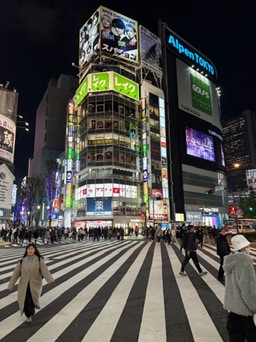
Day 8: Mt. Fuji Day Trip from Tokyo
A day trip to Mount Fuji was one of the highlights of our 10-day Japan itinerary. We spent the day exploring Lake Kawaguchi and Fuji Five Lakes area, which offered some of the most breathtaking views of Japan’s most iconic volcano. Mount Fuji truly exceeded all my expectations and was even more magnificent than any photograph could capture.
You have two options for this adventure. You can join a guided tour if you prefer to leave all the planning to someone else, or you can plan the trip yourself for more flexibility. We chose to organize everything independently, which turned out to be both rewarding and manageable with a bit of research. Having the freedom to explore at our own pace made the experience feel personal and immersive.
Getting to Mt. Fuji from Tokyo
Our day began with a train ride from Shinjuku Station to Kawaguchiko Station. We booked our tickets easily through Klook, which made the process simple and stress-free. The journey itself was scenic, offering glimpses of Japan’s countryside before arriving at the base of Mount Fuji.
First Stop: Kawaguchiko Ropeway
Upon arrival, we made our way to the Kawaguchiko Ropeway. The cable car takes you to an elevated viewpoint with sweeping panoramas of Mount Fuji and Lake Kawaguchi. The views from the top were absolutely spectacular and provided one of the most memorable moments of the trip.


Second Stop: Exploring Lake Kawaguchi
After descending, we explored the area around Lake Kawaguchi. The lake’s calm waters reflect Mount Fuji beautifully, creating postcard-perfect scenery. We stopped at Lake Café, a peaceful spot with uninterrupted views of Mount Fuji, away from the usual crowds.
Walking around the lake is possible, but we found the local buses more convenient, though not always reliable. Be prepared for delays, as buses in this area can be crowded and infrequent. We spent over two hours just trying to leave the Lake Kawaguchi area due to traffic and timing, so plan with extra flexibility.
Tip: Build additional time into your itinerary to account for slow bus schedules and potential crowds. The views are worth the patience.
Third Stop: Chureito Pagoda
Next, we visited the Chureito Pagoda, which required climbing a long series of steep steps. The effort was well worth it. The view of Mount Fuji framed behind the vibrant red pagoda is one of Japan’s most iconic sights. It is truly a picture-perfect moment that feels peaceful and timeless.
Although Lake Kawaguchi and Chureito Pagoda look close on the map, the travel time between them can be longer than expected, so plan accordingly. Each location offers its own unique perspective of Mount Fuji and is well worth the visit.
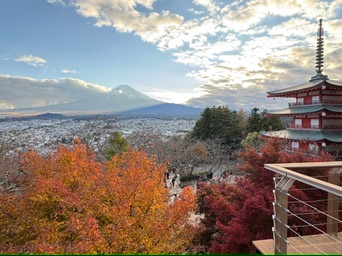

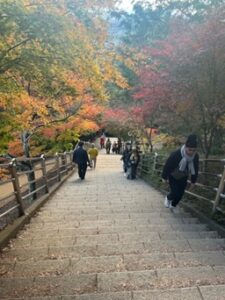
Optional: Stay Overnight Near Mt. Fuji
If you love nature or prefer a slower pace, consider staying overnight in the Mount Fuji area. Spending the night allows you to enjoy more viewpoints without rushing and to experience the tranquility that settles over the region once the day-trippers have left. The calm evening atmosphere and clear morning skies make it a beautiful option for photographers and nature lovers alike.
Returning to Tokyo
For our return trip, we took the train from Shimoyoshida Station back to Shinjuku Station, which we also booked through Klook. The process was smooth and convenient, making the journey back to Tokyo just as enjoyable as the way there.
Day 9: Ginza & Tokyo Bay Area
Breakfast at Tsukiji Outer Market:
Start your day with sushi and seafood at Tsukiji Outer Market, where you can sample freshly grilled skewers and sashimi. Although the wholesale market moved to Toyosu, Tsukiji remains one of Tokyo’s liveliest food hubs.
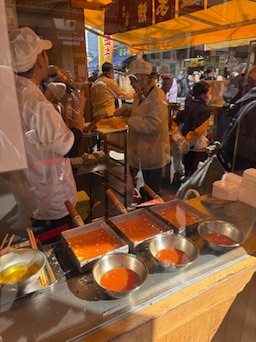
Optional: Visit Toyosu Market or DiverCity Tokyo Plaza:
If you’re curious about modern Tokyo, explore Toyosu Market for a behind-the-scenes look at fish auctions or visit DiverCity Tokyo Plaza to see the life-sized Gundam statue.
Stroll Around the Imperial Palace Gardens:
Take a break from the city buzz at the Imperial Palace East Gardens, where manicured lawns and traditional architecture create a peaceful escape.
Evening in Ginza:
End your day in Ginza, Tokyo’s upscale district filled with luxury boutiques, fine dining, and stylish cafés. Visit the flagship Uniqlo store for tax-free shopping or wander the backstreets for hidden dessert bars and artisanal stores.
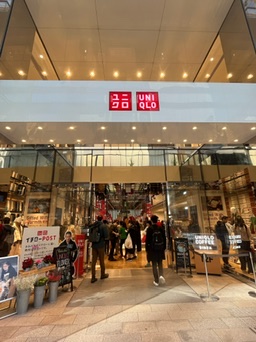
Day 10: Asakusa, Akihabara, Roppongi Hills & Tokyo Tower
Visit Senso-ji Temple in Asakusa:
Start your final day at Senso-ji Temple, Tokyo’s oldest and most famous temple. Enter through Kaminarimon Gate and walk along Nakamise Street, lined with traditional souvenir shops and street snacks.

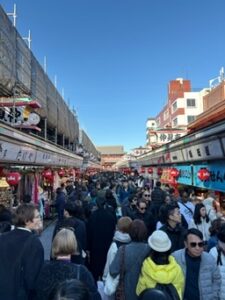
Discover Akihabara’s Anime and Tech Scene:
Next, explore Akihabara, Tokyo’s mecca for electronics, manga, and anime culture. From themed cafés to multi-story gaming stores, it’s a must for pop culture fans.
Note: The main street closes to traffic on Sundays between 1–6 PM, creating a fun, festival-like atmosphere.
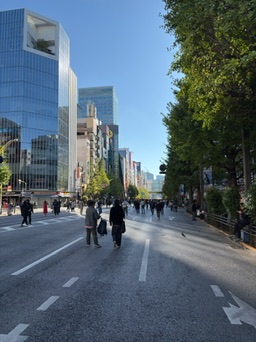
See Zojo-ji Temple and Tokyo Tower:
Head to Zojo-ji Temple, where traditional architecture stands in perfect contrast to the red-and-white Tokyo Tower rising behind it. Visit around sunset for stunning photos.
Experience TeamLab and Roppongi Hills:
For a modern art experience, book tickets to TeamLab Borderless or TeamLab Planets — both offer breathtaking digital art installations. Finish your night at Roppongi Hills, where the Tokyo City View observation deck offers incredible nighttime panoramas.
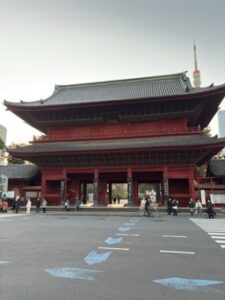
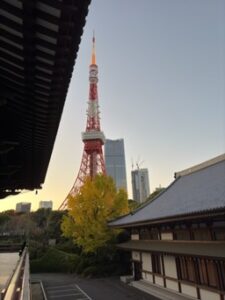
Essential Travel Tips for Japan
Arrive Early for Trains
If you plan to take the Shinkansen, arrive at the station early. Finding your platform and navigating the station can take more time than expected, especially if it is your first time. Trains in Japan leave precisely on schedule. Although another train may arrive shortly after if you miss yours, it is far less stressful to arrive ahead of time and board without rushing.
Allocate More Time for Kyoto
Depending on your interests, consider spending extra time in Kyoto. The city offers a completely different pace and personality compared to Tokyo. It is quieter, more traditional, and ideal for those who appreciate culture and calm. With so many temples, gardens, and hidden streets to explore, Kyoto deserves a few more days on your itinerary.
Consider Staying Overnight at Mt. Fuji
While a day trip to Mount Fuji is possible, staying overnight allows you to enjoy the area more deeply. The Fuji Five Lakes region is filled with scenic viewpoints, and spending the night lets you experience them without feeling rushed. The peaceful evening atmosphere alone makes it worthwhile.
Plan for Transportation Challenges
Japan’s transportation system is incredibly organized, but it can feel overwhelming at first. Expect to spend your first day or two getting used to the routes and ticket machines. It is common to take a wrong train or get briefly lost. Build in some extra time as you adjust, and treat it as part of the adventure.
Carry Your Passport for Tax Refunds
Many shops and department stores offer tax-free shopping for tourists. Always carry your passport if you plan to make any larger purchases, as you will need it for the refund process.
Book Shinkansen Tickets in Advance
Booking your Shinkansen tickets in advance gives you peace of mind and guarantees a seat. While you can buy tickets last minute, availability can be limited during busy seasons. Having your tickets ready helps you travel smoothly without worrying about crowded trains.
Exchange Enough Cash in Advance
Cash is still widely used across Japan, especially in markets and smaller restaurants. We found ourselves exchanging money several times during our trip and paying ATM fees each time. Exchanging a larger amount upfront can help you avoid those extra costs.
FAQs About Visiting Japan for the First Time
What is the best time to visit Japan?
The most popular seasons are spring from March to May for cherry blossoms, and autumn from September to November for colorful foliage. We visited in November and absolutely loved the vibrant fall scenery.
Should I get a Japan Rail Pass?
It depends on your itinerary. For this 10-day trip, purchasing individual Shinkansen tickets was cheaper. However, if you plan to travel to multiple regions or cities, the JR Pass can be more cost-effective.
Do I need to know Japanese to travel around?
Not at all. Most train stations and tourist areas have English signage. Learning a few basic phrases is helpful, but translation apps like Google Translate make communication easy.
Is Japan expensive to visit?
Japan can be pricey, but it is manageable with planning. Mid-range travelers can expect to spend around 250 to 350 US dollars per day, which includes hotels, transportation, and meals. Street food and convenience store options offer delicious and affordable alternatives.
Is Japan safe for tourists?
Yes, Japan is one of the safest countries in the world. Even as a solo or female traveler, I felt comfortable walking at night. Locals were always respectful and willing to help if I needed directions. Theft and scams are extremely rare, and the overall atmosphere is calm and orderly.
Can I use credit cards in Japan?
In major cities, most hotels and large restaurants accept credit cards. However, smaller eateries and markets often only accept cash. Carrying yen is always a good idea, especially in Kyoto or less touristy areas.
Is a day trip to Mt. Fuji worth it?
Absolutely. Our visit to Mount Fuji was one of the most unforgettable parts of the trip. Lake Kawaguchi and Chureito Pagoda both offer spectacular views. Just make sure to plan your transportation carefully, as travel between spots can take longer than expected.

